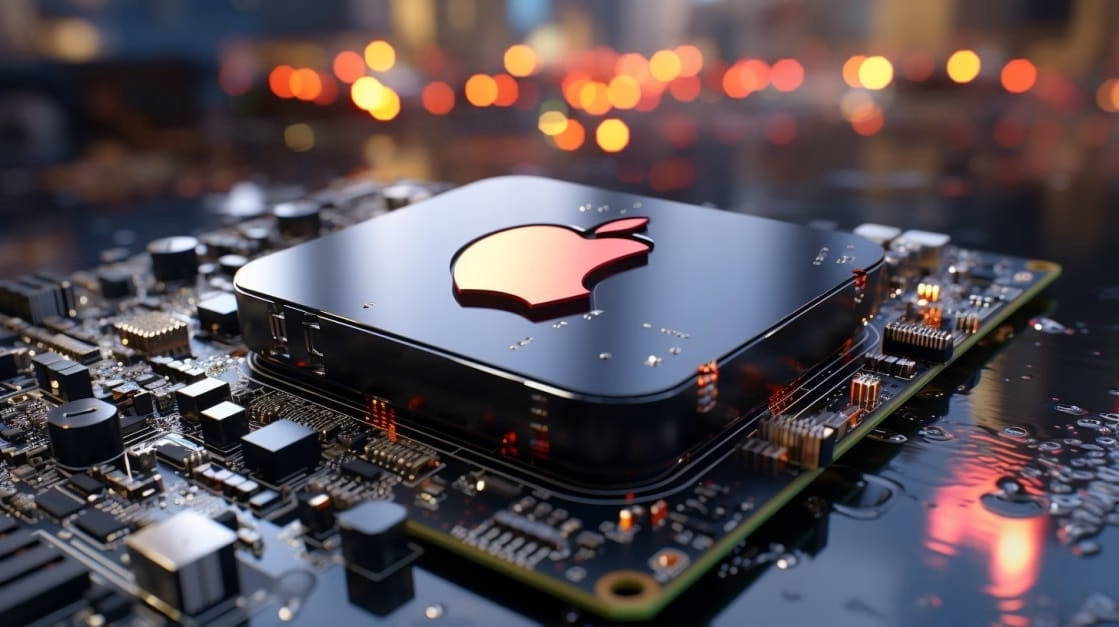Apple's Next Frontier: AI-Driven Chip Design
It's no secret that Apple has been on a relentless quest for vertical integration, particularly when it comes to the brains of its devices. From the very first A4 chip in the iPhone to the powerful M-series silicon now powering Macs and the groundbreaking Vision Pro headset, the company's commitment to custom hardware is undeniable. But what's next for this silicon powerhouse? Well, it seems the future might just be designed by AI.
Recently, Johny Srouji, Apple's senior vice president of hardware technologies, let slip some intriguing insights during a speech in Belgium. He indicated that Apple is keenly interested in leveraging generative artificial intelligence to accelerate and enhance the design of its custom chips. This isn't just a passing fancy; it's a strategic move that could redefine how Apple, and perhaps the entire industry, approaches chip development.
The Imperative of Innovation in Silicon
Chip design is, to put it mildly, an incredibly complex undertaking. We're talking about billions of transistors packed into a space smaller than your fingernail, each placed with precision to perform intricate calculations. The traditional design process is meticulous, time-consuming, and resource-intensive. As chips become more sophisticated and demand for performance grows, the challenges multiply.
Srouji highlighted that Apple's success in custom silicon has always hinged on using the most cutting-edge tools available. This includes advanced electronic design automation (EDA) software, which is essentially the digital workbench for chip architects. And here's the kicker: the biggest players in the EDA world, companies like Cadence Design Systems and Synopsys, have been in a race to infuse their offerings with AI capabilities. It makes perfect sense, doesn't it? If the tools themselves can learn and optimize, it's a game-changer for productivity.
Why Generative AI?
- Faster Iteration Cycles: AI could rapidly test and refine designs, drastically cutting down development time.
- Enhanced Performance: By exploring a vast design space beyond human capacity, AI might uncover more efficient or powerful configurations.
- Reduced Human Error: While human oversight remains critical, AI can automate repetitive or highly precise tasks, minimizing mistakes.
Srouji himself noted that "Generative AI techniques have a high potential in getting more design work in less time, and it can be a huge productivity boost." That's a pretty strong endorsement from someone who knows a thing or two about chip design.
Apple's "Big Bets" Philosophy
This isn't the first time Apple has made a bold move in its hardware strategy. In fact, Srouji emphasized another key lesson learned: the importance of making "big bets" and not looking back. He pointed to the monumental transition of Mac computers from Intel's chips to Apple Silicon in 2020. This was a massive undertaking, not just on the hardware front but also requiring a "monumental software effort."
What's truly striking about that move, and what Srouji underscored, is that there was "no backup plan, no split-the lineup plan." Apple went all in. This philosophy of unwavering commitment to a chosen path, even when it involves significant risk, is a hallmark of their approach. It suggests that if Apple is seriously eyeing generative AI for chip design, they're not just dabbling; they're likely committing significant resources and expertise to make it work. It's how they operate, really.
The Ecosystem and Industry Impact
Apple doesn't operate in a vacuum. Their reliance on EDA companies like Cadence and Synopsys means this isn't just an internal Apple project. It's part of a broader industry trend. These EDA firms are already pushing the boundaries of AI in their software, understanding that the future of chip design demands it. Apple's expressed interest only validates and likely accelerates this trend.
What does this mean for the wider tech landscape? If Apple successfully integrates AI into its chip design workflow, it sets a new benchmark. Other companies, already grappling with the complexities of advanced silicon, will undoubtedly feel pressure to follow suit. We could see a rapid evolution in chip design methodologies across the board, leading to even more powerful and efficient devices from various manufacturers. It's a rising tide, you could say.
Looking Ahead: Challenges and Opportunities
While the potential benefits are immense, the road to fully AI-designed chips isn't without its bumps. Ensuring the quality and reliability of AI-generated designs will be paramount. Chips are the foundation of device performance, and any flaw can have widespread implications. Human engineers will still be crucial for validation, verification, and guiding the AI models. It's more of a partnership, I reckon, than a complete handover.
Nevertheless, Apple's exploration of generative AI for chip design is a significant development. It underscores their continued drive for innovation, their willingness to take calculated risks, and their relentless pursuit of efficiency and performance. As devices become more intelligent and demand more specialized silicon, AI-assisted design could be the key to unlocking the next generation of computing power. It's an exciting time to be watching the world of silicon, isn't it?
